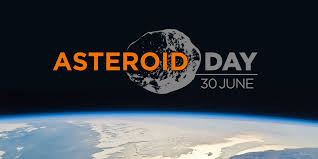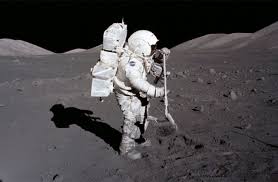FAQ'S - Frequently Asked Questions

What is an Asteroid?
Asteroids consist of leftover material from early in the formation of our solar system 4.5 billion years ago. Many remain in their original state, while others comprise debris from the destruction of partially formed planets that collided during the solar system's infancy.
Asteroids are among the most accessible celestial bodies. Successful government space missions to bodies including 433 Eros, 25143 Itokawa and 4 Vesta have provided some 50,000 meteorite samples that have greatly added to our understanding of the universe....

Where did the Moon come from?
There are many theories about the origins of the Moon, but one is more commonly accepted than others. This theory suggests that a Mars-sized object collided with a very young Earth, causing a massive vaporisation and ejection of material into space. Eventually, as this cloud of matter cooled, it began to condense (or to "accrete", in planetary science terms), and to form the Moon.

What is Space Mining?
The minerals, metals and gases found on the Moon, asteroids and other near-earth objects can be mined to be used either directly in space, as a source of energy, or to be used in building rockets, satellites and other equipment beyond Earth's atmosphere. Some minerals may be brought back to Earth to support the economic needs of a growing population.

Why is water so vital in space?
Celestial bodies can contain substantial usable quantities of frozen water. Space explorers will need water to support themselves and plants they may grow in space vehicles or colonies in the future. Water can also be split into oxygen and hydrogen: the first to provide breathable air, the second as a source of fuel to propel exploratory missions deeper into space and to power living quarters and equipment.

How many satellites are there in space?
Since the first artificial object was placed in orbit around the Earth, back in 1957, humankind has launched thousands of satellites, although there are no reliable or complete records. According to the United Nations Office for Outer Space Affairs (UNOOSA), more than 8,000 objects have been launched into outer space. However, this number does not only include satellites, but also probes, rockets and other devices. Due to the nanosatellite revolution, the number of objects will rise sharply over the coming years as the vast potential of Space Business unfolds.
